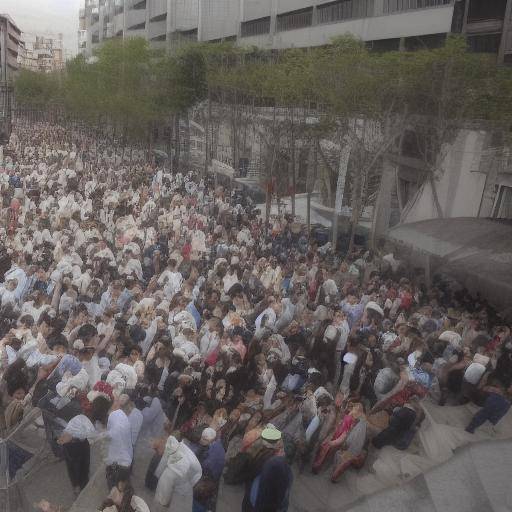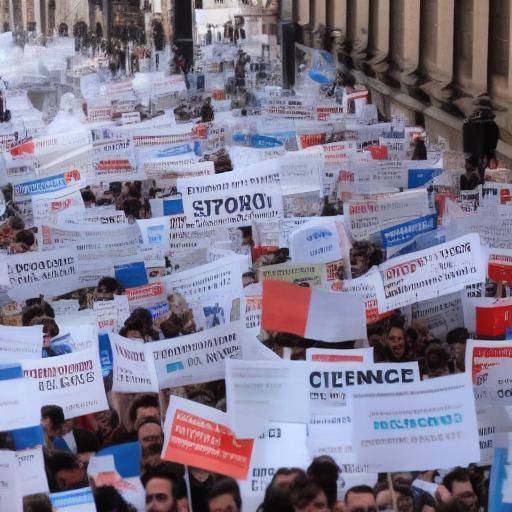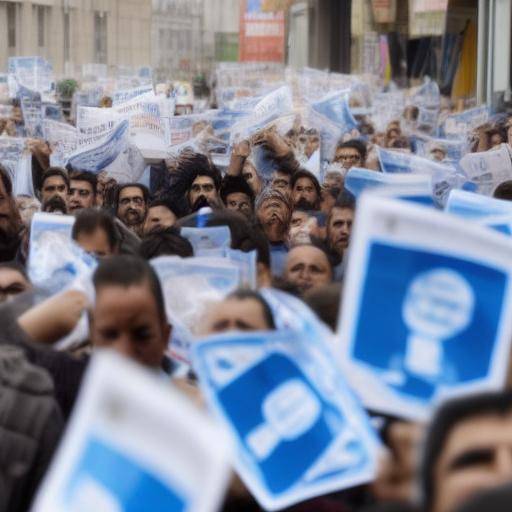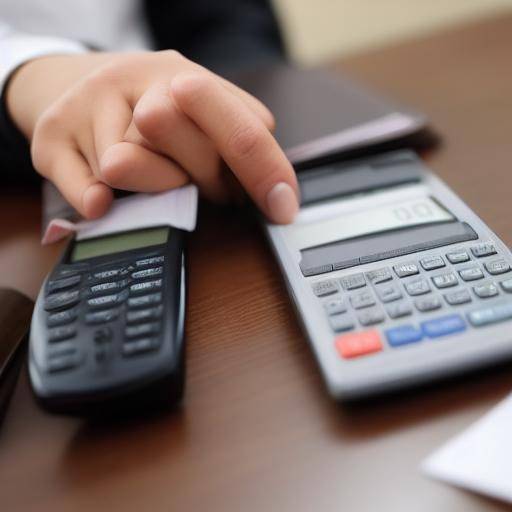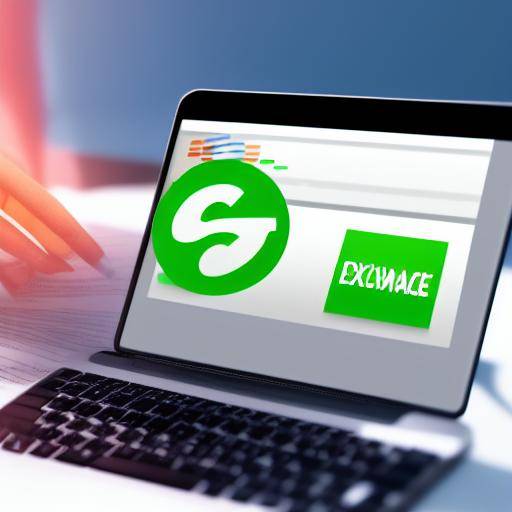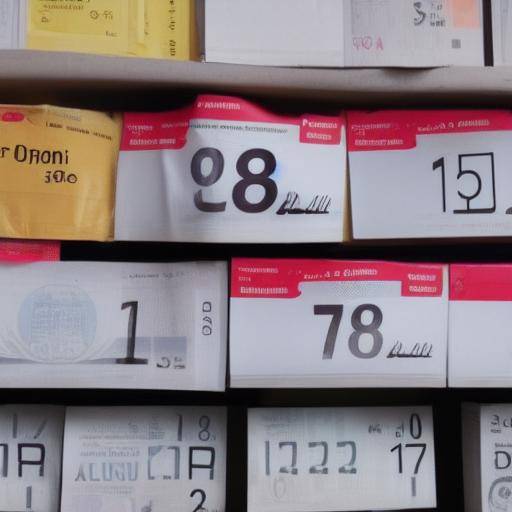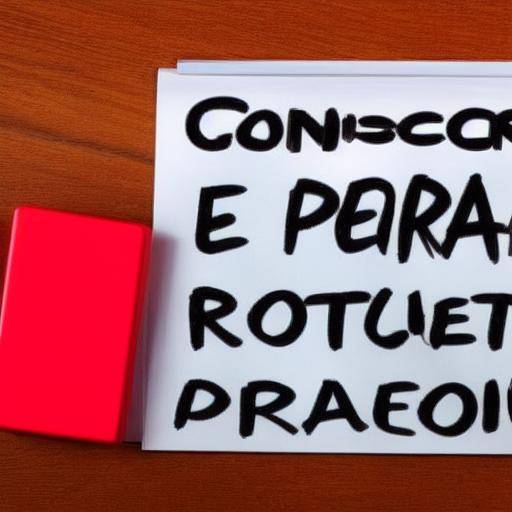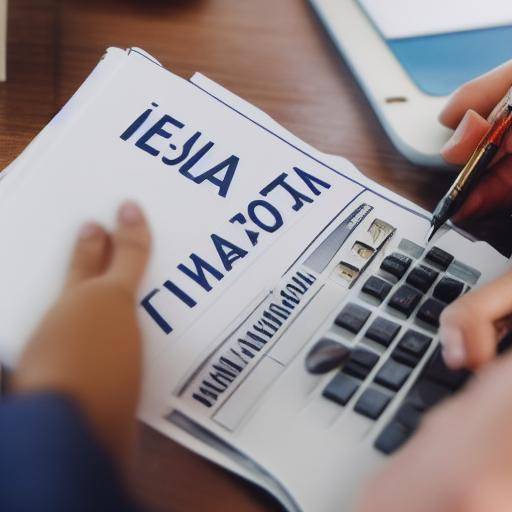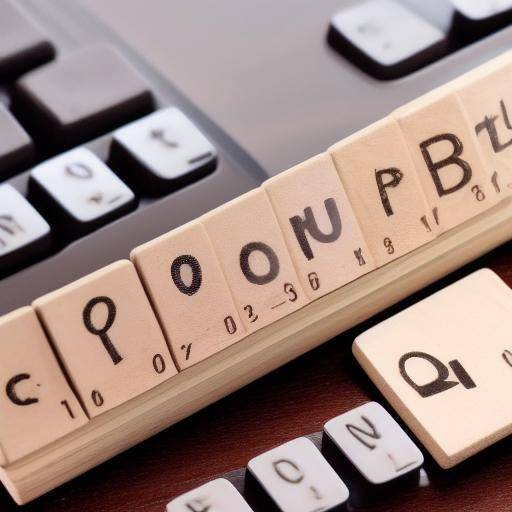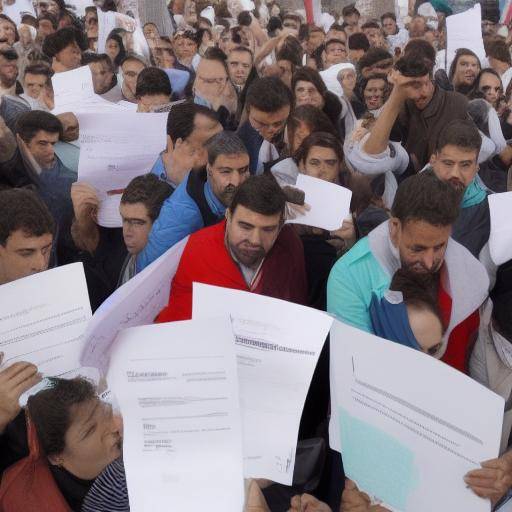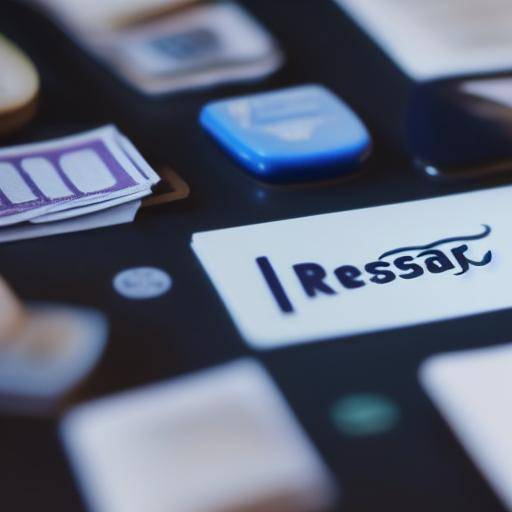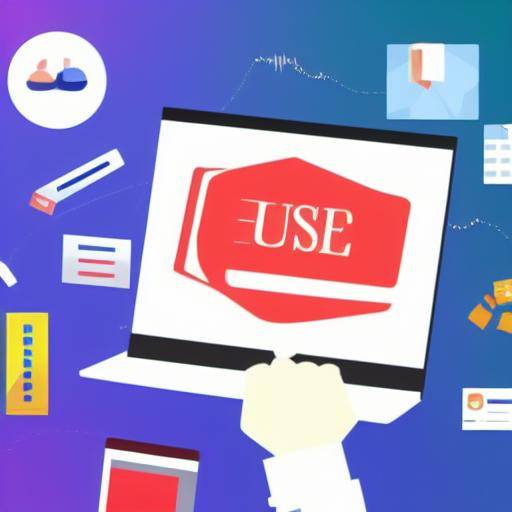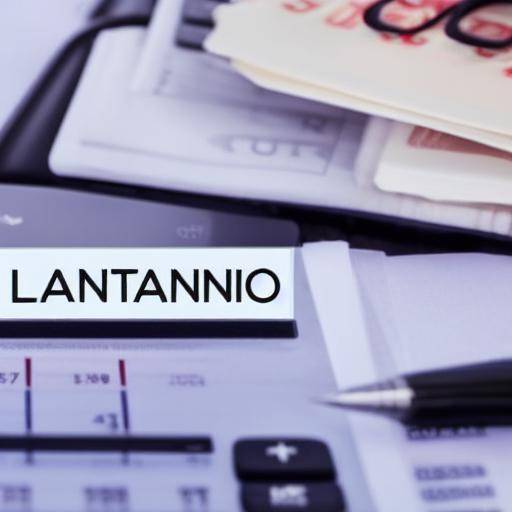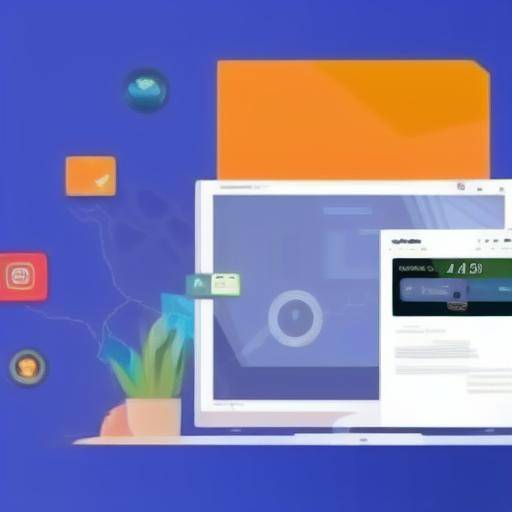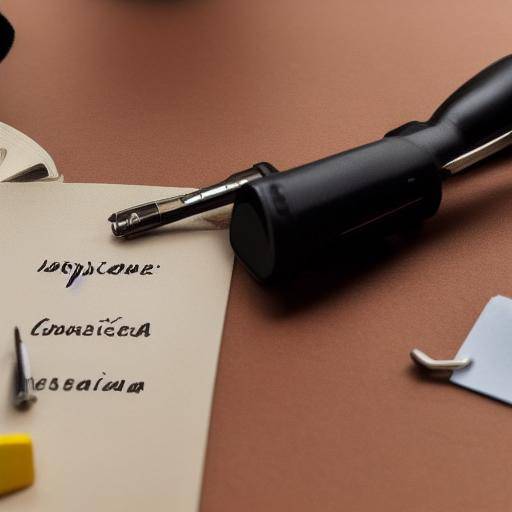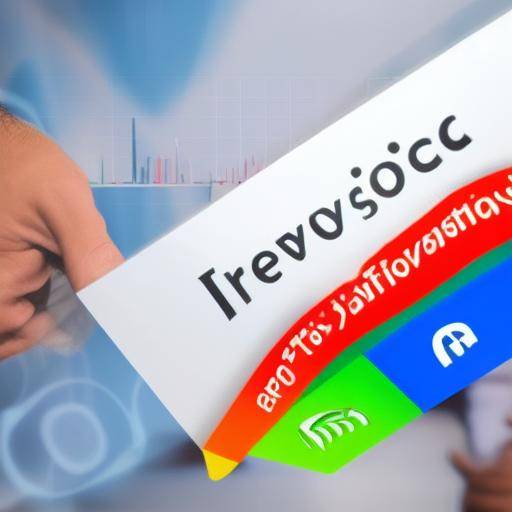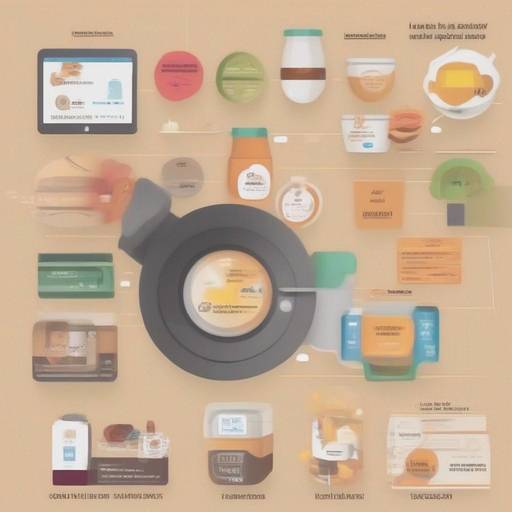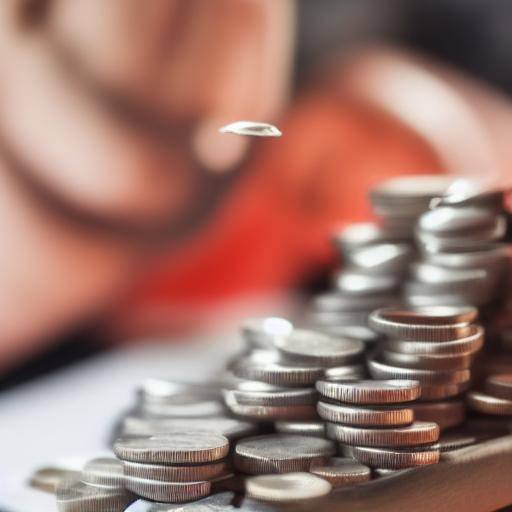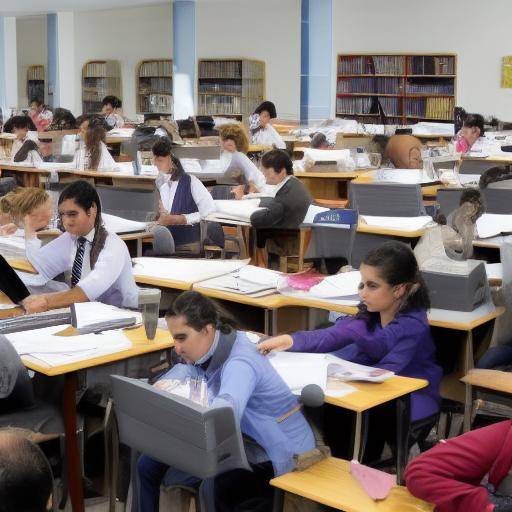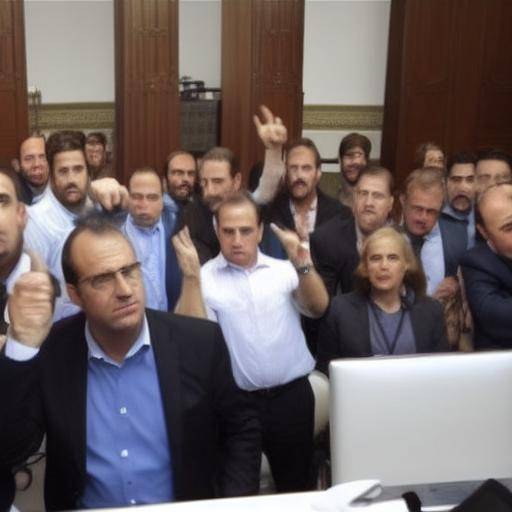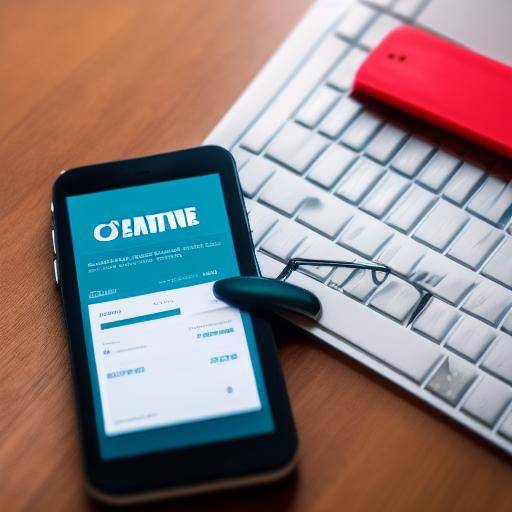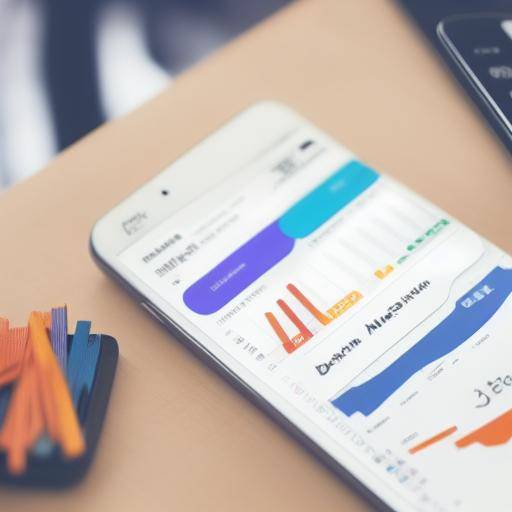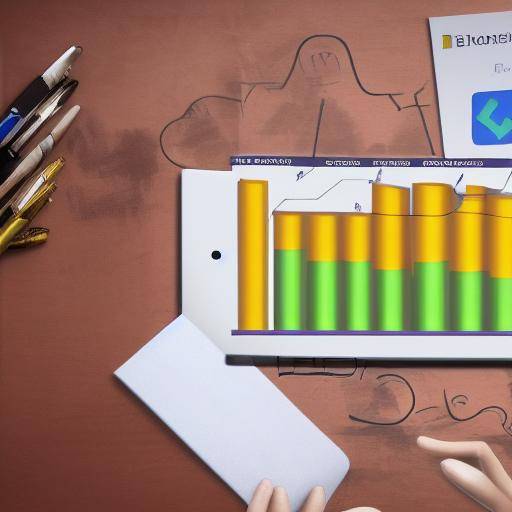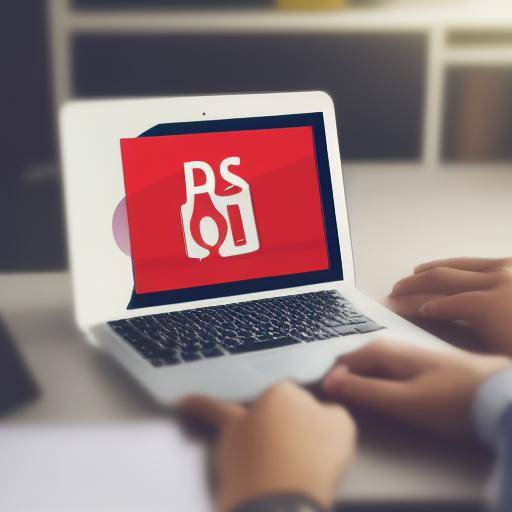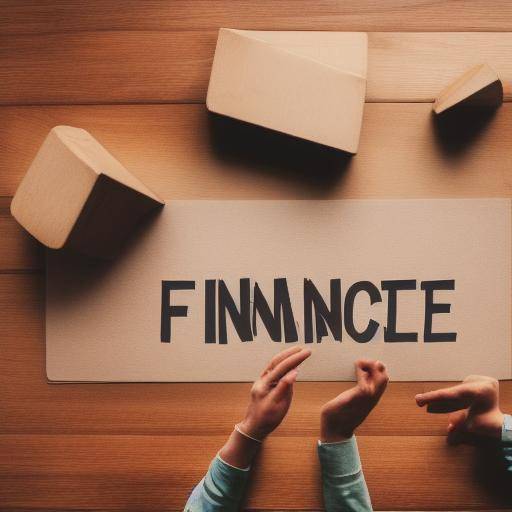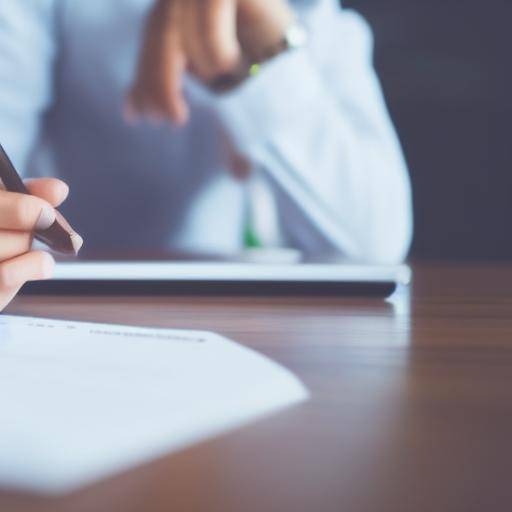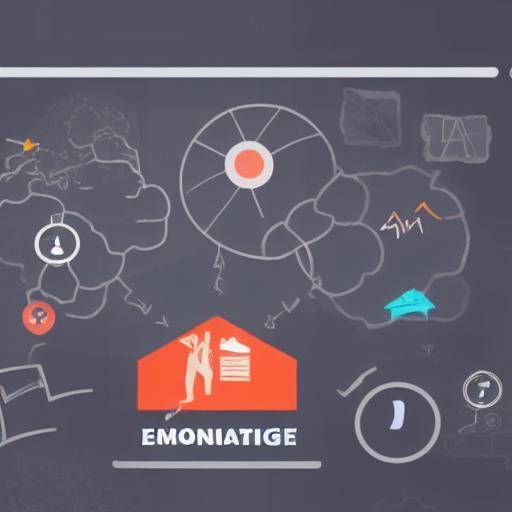
The emergency fund is a crucial resource that we should all have to face financial unforeseen. However, its intelligent use is essential to ensure that it fulfills its purpose without compromising our long-term financial stability. In this article, we will explore effective strategies to use your emergency fund intelligently, prioritizing, controlling and optimizing its efficiency.
Introduction
The emergency fund is a reserve of money available to cover unexpected expenses, such as diseases, emergency repairs, loss of work or other financial unforeseen. Its importance lies in providing financial security at critical times, avoiding excessive indebtedness or sacrificing other short-term financial goals.
In this article, we will address various strategies to intelligently use the emergency fund, focusing on priorities, control and efficiency. You will learn how to set your financial priorities, maintain control over the use of the emergency fund and maximize its efficiency to face any unforeseen situation with confidence.
Priorities: Establishing your Financial Objectives
Before using your emergency fund, it is crucial to set your financial priorities to ensure that your use is really necessary. Evaluate your short-, medium- and long-term financial goals, and determine whether the projected expenditure actually justifies the use of this fund.
What are the financial priorities?
It is vital to be clear about your financial priorities. Some of the common priorities include:
- Pay high interest rate debts.
- Cover unexpected medical expenses.
- Urgent repairs in the home or car.
- Keep a financial mattress in case of loss of income.
Setting your priorities will help you make informed decisions about the use of your emergency fund, allowing you to keep this resource for truly critical situations.
Control: Managing the Use of the Emergency Fund
Once you identify a valid need to use your emergency fund, it is essential to exercise solid control over its use. This means managing properly the amount you will withdraw, monitoring your expenses and setting up a plan to replenish the emergency fund as soon as possible.
Steps to control the use of the emergency fund
- Evaluate the urgency:
- Is spending really a financial emergency?
- Can you cut costs in other areas to avoid using the fund?
- Remove only what you need:
- Extract the right amount to cover the emergency.
- Avoid taking more money than necessary to avoid undone the fund unnecessarily.
- Keep a detailed record:
- It records withdrawals and expenses associated with the emergency.
- Keep transparent tracking of each expense to control the flow of money.
Efficiency: Maximizing the Impact of Your Emergency Fund
Efficiency in the use of the emergency fund involves not only covering the current emergency, but also ensuring that the fund remains a reliable source of long-term financial security. Maximizing efficiency involves constantly replenishing the fund, evaluating alternatives and optimizing its performance.
Strategies to maximize the efficiency of the emergency fund
- Replace the fund quickly:
- As soon as possible, it refunds the money withdrawn from the emergency fund.
- Establishes a plan to return the amount withdrawn in monthly contributions.
- Evaluates financial alternatives:
- Explore insurance plans that can cover certain types of emergencies.
- Consider low-risk liquid investments as an alternative to your emergency fund.
- Optimize performance:
- Keep the fund in an account that offers a decent interest.
- It evaluates annually the options available to maximize the performance without compromising liquidity.
Conclusion
By following these strategies to use your emergency fund intelligently, you will be able to maintain a solid financial balance while you are prepared to face unforeseen. Setting clear priorities, maintaining strict control over their use and maximizing their efficiency will ensure that your emergency fund fulfills its purpose without compromising your overall financial situation.
It recalls that the emergency fund is an invaluable financial lifeline, and its smart use is essential to ensure long-term economic stability.
Frequently asked questions
How much money should I have in my emergency fund?
The recommended amount is at least three to six months of core expenditure. However, individual factors such as job stability and financial responsibilities can influence this calculation.
Can I use my high-performance investment emergency fund?
It's not recommended. The emergency fund must be available immediately if necessary, so keeping it in high-risk or low-liquidity investments can compromise its main purpose.
Should I replenish the emergency fund before paying debts?
Prioritizing the reimbursement of the emergency fund is essential, as it provides financial security in the event of new emergencies. However, further debt reduction is also crucial to improving overall financial health.
Are there alternatives to the traditional emergency fund?
Some people opt for revolving credit lines or credit cards with low rates as an alternative. However, these options can generate debts if they are not managed with caution.
What is the difference between an emergency fund and a regular savings fund?
A regular savings fund is intended for specific targets, such as holidays or major purchases, while the emergency fund is reserved exclusively for financial contingency.
Is it possible to use the emergency fund to cover non-health or repair costs?
Yes, as long as they are truly unexpected and urgent expenses. However, it is essential to carefully evaluate whether the use of the fund is really necessary in these situations.
With these answers, we hope to have clarified some of the most common doubts about the smart and efficient use of the emergency fund.
In short, prioritization, control and efficiency are fundamental pillars for intelligent use of your emergency fund. By following these strategies, you can maintain a healthy emergency fund that provides financial security in unforeseen situations, without compromising your long-term financial goals.


